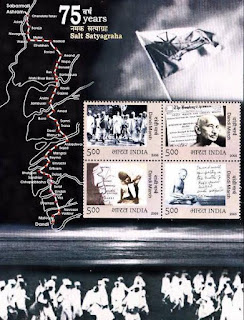The Seikan Tunnel, also known as the Seikan Undersea Tunnel, is a railway tunnel in Japan that passes beneath the seabed of the Tsugaru Strait, connecting the islands of Honshu and Hokkaido. It is a crucial transportation link, facilitating rail travel between the two major islands of Japan. The Seikan Tunnel was officially opened on 13 March 1988. Here are some key points about the Seikan Tunnel:
Location: The Seikan Tunnel is located beneath the Tsugaru Strait, which separates the northern part of Honshu (Aomori Prefecture) from the southern part of Hokkaido.
Purpose: The primary purpose of the tunnel is to provide a direct and efficient railway connection between Honshu and Hokkaido. Before the tunnel's construction, transportation between the two islands often involved a combination of trains and ferries.
Construction: The Seikan Tunnel was constructed in the 1970s and completed in 1988. It involved the creation of both an undersea tunnel and an undersea railway tunnel. The construction was a challenging engineering feat due to the depth of the strait and the need to ensure the safety and stability of the tunnel.
Length: The Seikan Tunnel is one of the longest tunnels in the world, with a total length of approximately 53.85 kilometers (33.5 miles). This includes both the undersea and on-land portions.
Rail Services: The tunnel accommodates both passenger and freight trains, providing a vital link for transportation services between the two islands. The railway line that passes through the Seikan Tunnel is part of the Japan Railways network.
Tunnel Sections: The Seikan Tunnel consists of two main sections: the Seikan Submarine Tunnel (underwater portion) and the Tappi-Kaitei Line (on-land portion). The undersea tunnel is about 23.3 kilometers long.
Emergency Facilities: Given the length and nature of the tunnel, there are emergency facilities, including escape routes and safety features, to ensure passenger safety in the event of an emergency.
The Seikan Tunnel significantly improved transportation efficiency between Honshu and Hokkaido, eliminating the need for time-consuming ferry journeys. It remains an important part of Japan's railway infrastructure.









